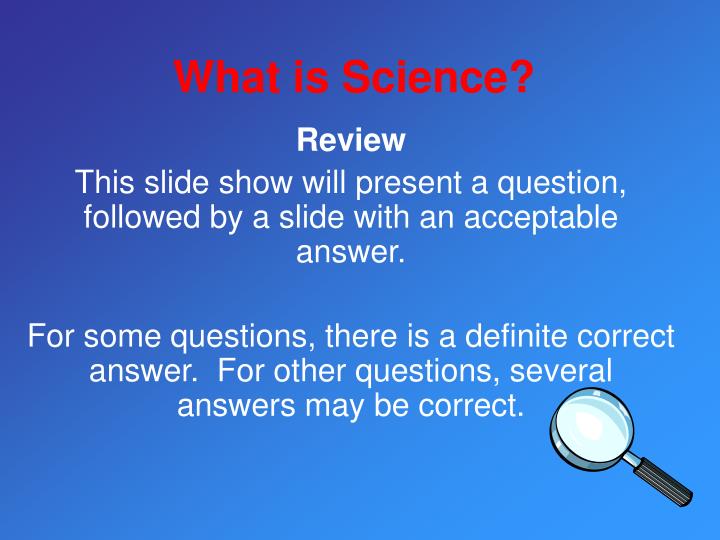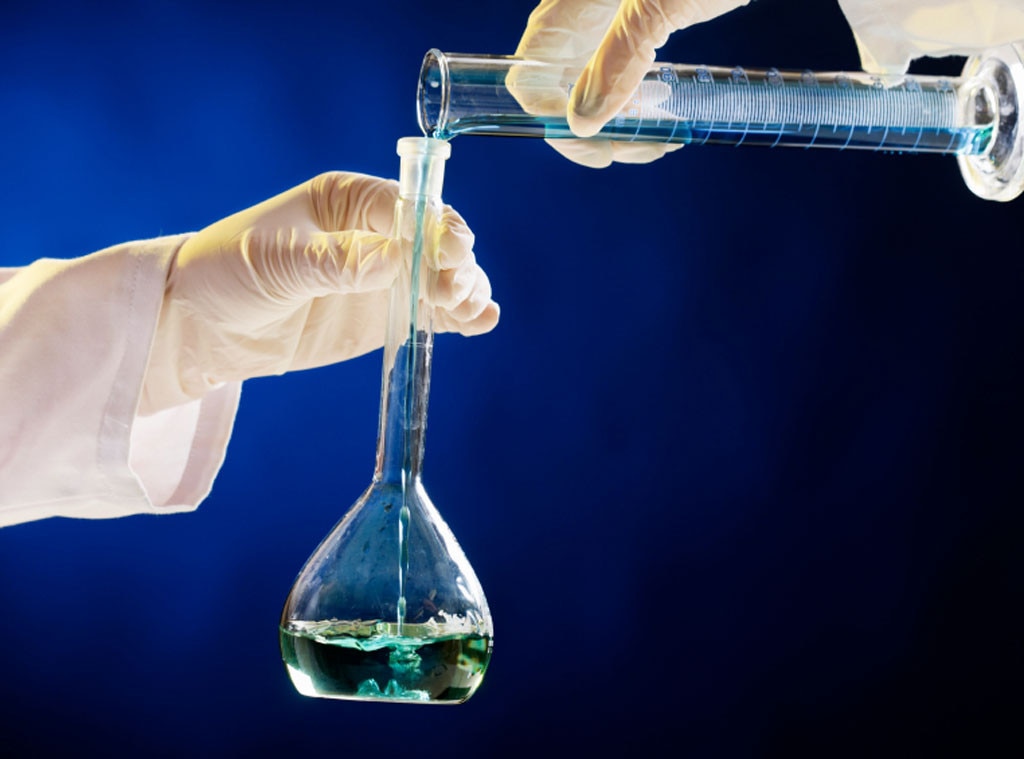
One example would be the law of conservation of energy, which is the first law of thermodynamics that says that energy can neither be created nor destroyed.Ī law describes an observed phenomenon, but it doesn't explain why the phenomenon exists or what causes it. While a theory provides an explanation for a phenomenon, a scientific law provides a description of a phenomenon, according to The University of Waikato (opens in new tab). When an idea has been confirmed over many experiments, it can be called a scientific theory. The process of generating and testing a hypothesis forms the backbone of the scientific method. The control group is what the experimental group is compared against, according to Britannica (opens in new tab).


Falsifiable means that there must be a possible negative answer to the hypothesis. The hypothesis must be testable and falsifiable, according to North Carolina State University (opens in new tab).Some key underpinnings to the scientific method: "The reproducibility of published experiments is the foundation of science.

"Replication of methods and results is my favorite step in the scientific method," Moshe Pritsker, a former post-doctoral researcher at Harvard Medical School and CEO of JoVE, told Live Science. Reproduce the experiment until there are no discrepancies between observations and theory.Analyze the data and draw conclusions accept or reject the hypothesis or modify the hypothesis if necessary.



 0 kommentar(er)
0 kommentar(er)
